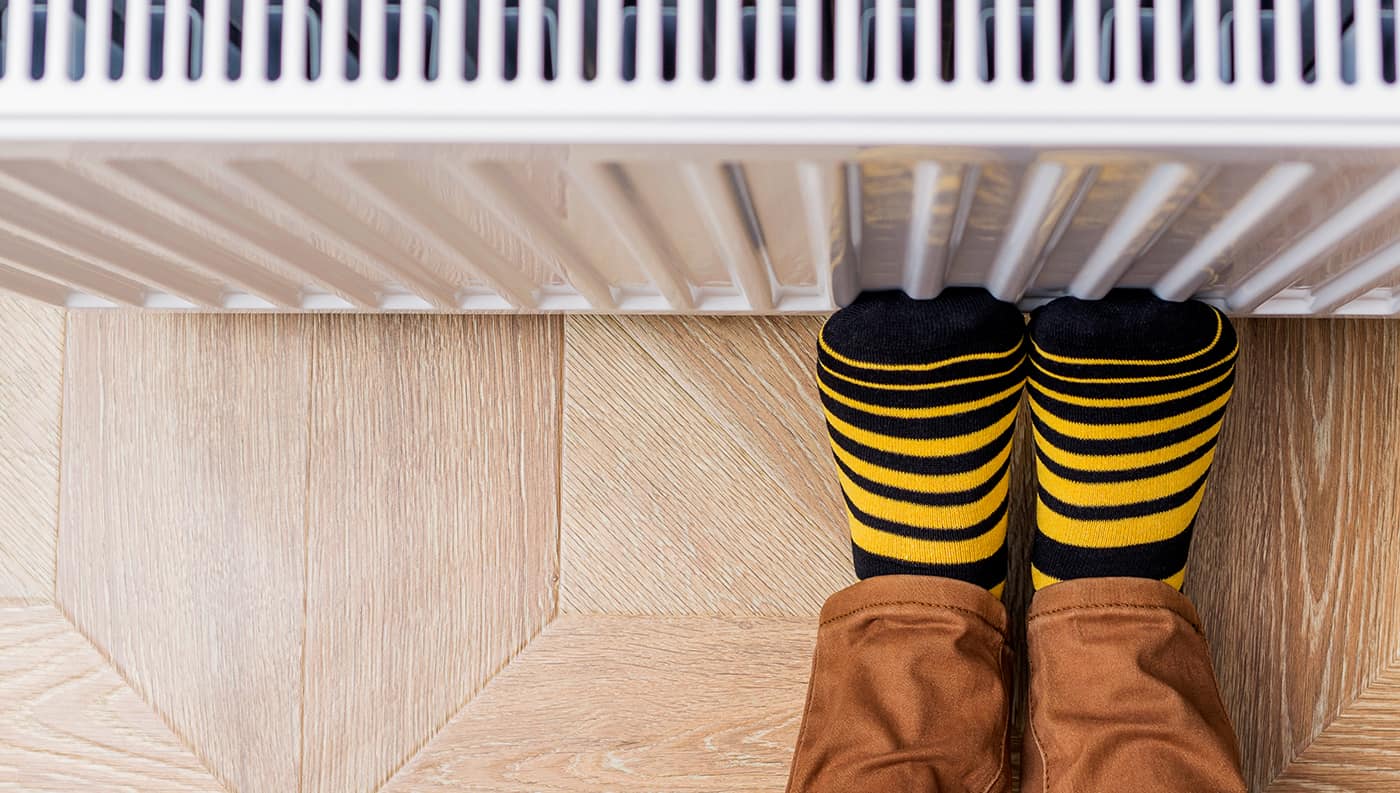
If your current heating system yields cold hands and frozen toes — it might be time to upgrade.
Heating your home accounts for an inordinate portion of your utility bill, so it pays to choose the most efficient heating system possible. This doesn’t necessarily mean you should upgrade to a different type of system, however.
Generally speaking, it’s a bad idea to convert from forced air to central heating, or vice versa, since the benefits rarely justify the cost. Instead, upgrade to a more efficient version of your existing furnace or boiler when it’s too expensive to repair — but weigh your options carefully.
Here’s a rundown of the most commonly used heating systems, along with their advantages and disadvantages, to help you make the most appropriate choice for your home, climate and wallet.
Furnaces
Also known as forced air, furnaces are the most commonly used heating systems in the U.S. because they’re reliable and relatively inexpensive. Gas furnaces are rated for efficiency by their annual fuel utilization efficiency (AFUE) rating. This shows how much energy is successfully converted to usable heat.
If your furnace needs to be replaced, the silver lining is that modern furnaces are more efficient than ever, and some premium models even reach an AFUE rating of 97 percent. When purchasing a furnace, choose one that’s appropriately sized for your home so that it doesn’t put undue wear and tear on your system or waste energy.
| Pros | Cons |
|---|---|
|
|
Boilers
Boilers use water to generate and distribute heat through pipes and radiators, heating the air, floors, wall and baseboards as it travels in a loop. They can be powered via natural gas, electricity or propane, and they use the following systems to distribute heat:
- Steam radiators are the old-fashioned metal things you’ve seen along the walls in older buildings.
- Hot water radiators are the newer reincarnation and allow more control and versatility.
- Hydronic radiant floor heating treats the entire floor of a room like a giant radiator, using tubing under the flooring to distribute heat to toasty toes. While efficient, hydronic radiant floor heating is expensive to install and replace.
Like furnaces, boilers are rated by AFUE score.
| Pros | Cons |
|---|---|
|
|
Heat pumps
These extremely efficient systems take advantage of existing temperatures (either outdoors, underwater or underground) to heat, cool and humidify your home.
There are three types of heat pumps:
- Air-source heat pumps are the most common and circulate refrigerant between the outdoor heat pump and indoor air handler.
- Split ductless systems use one to four indoor air handlers, which are mounted high up on walls and controlled by a remote.
- Geothermal systems are incredibly efficient because they take advantage of temperatures in the ground, pond or a well, but they aren’t practical or affordable for most homeowners.
When selecting a heat pump system, consider the size, noise output and efficiency rating. The heating efficiency is measured by heating seasonal performance factor (HSPF), and the cooling efficiency is measured by seasonal energy efficiency ratio (SEER).
| Pros | Cons |
|---|---|
|
|
Related:
This post first appeared on Zillow.com. To see the original, click here.

